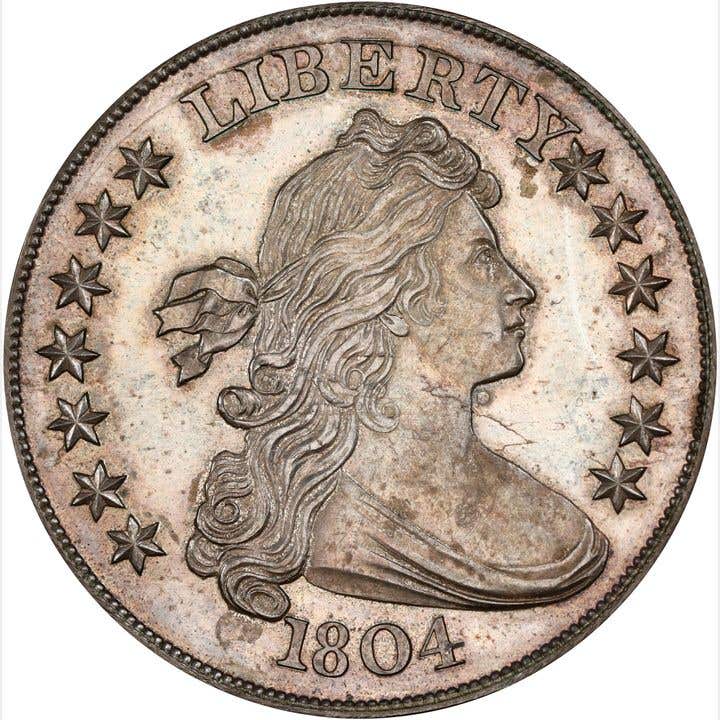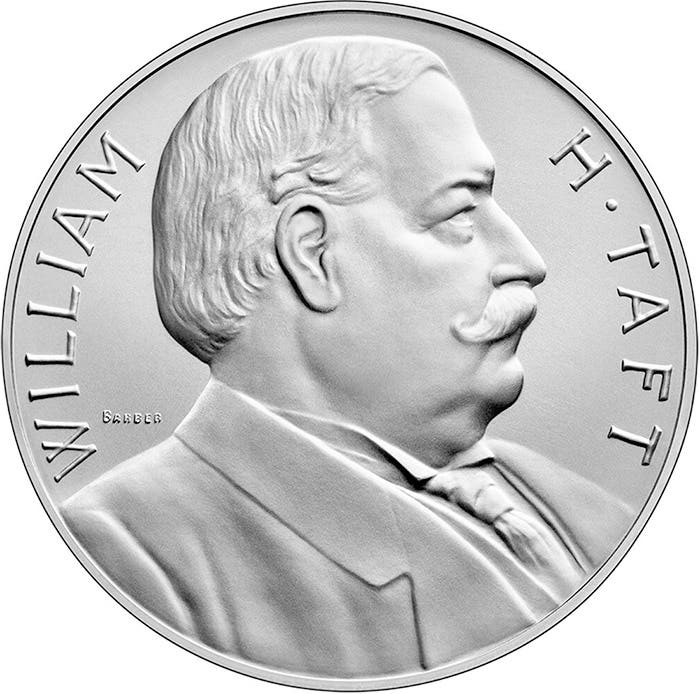Rarities From Elite Private Collections Take Center Stage at Heritage’s US Coins Auction
1856 Flying Eagle Cent, Specimen 1927 Buffalo Nickel, and 1870-CC Liberty Double Eagle among November 20-24 event highlights
A spectacular assemblage of elite coins from several elite collections and more than 140 consignors is poised to make Heritage’s November 20-24 US Coins Signature® Auction one of the largest ever held by the world’s leading numismatics auctioneer.
“This auction looks like it is going to appeal to a wide range of collectors,” says Todd Imhof, Executive Vice President at Heritage Auctions. “Between the early dollars, Seated dollars and Trade dollars, Shield and Liberty nickel patterns and proofs, an impressive selection of early copper and U.S. gold from all series, it sets up as a destination event for collectors of all kinds of US coins.”
Among the top collections in the event is the Greensboro Collection, Part XI, a group of 71 lots from the trove that debuted at Heritage at the 2012 ANA National Money Show in Dallas; additional installments have appeared at assorted Heritage events since then. The lots from the collection in this event include a spectacular set of Flying Eagle cents, Indian Head cents, and Buffalo nickels, almost all of which are in proof format and with quality — most remain housed in previous-generation holders ranging in grade from PR65 to PR69, with Cameos, Red Cameos, finest-knowns and CAC coins — never matched in any collection offered at Heritage.
Among the top selections in the collection is an 1856 Flying Eagle Cent, PR67+ PCGS CAC. This magnificent example was one of the original coins distributed to congressmen and struck “on a regular production press at normal speed,” according to specialist Rick Snow. When the U.S. Mint responded to economic factors with drastic changes to copper coinage in the 1850s, it began experimenting with new alloys and reducing the size of the large cent; its replacement by the small-diameter Flying Eagle cent ushered in a new era in American numismatics. The Philadelphia Mint struck nearly 1,000 examples of James B. Longacre’s Flying Eagle design type for distribution to important individuals in 1856. CAC confirms the high quality within the grade of the offered example, a remarkable first-year key date, and the finest example seen by PCGS.
From the same collection comes a stunning 1927 Buffalo Nickel, SP65 PCGS CAC, one of only six specimen strikes known. The half-dozen known 1927 examples appeared about 35 years ago. Three were held by coin dealer Robert Rhue, who sold one in a private transaction and the other two at auction. The offered example is the only one graded in 65, with three finer; among CAC examples, it is one of two in 65, with none finer.
The Ronald Firman Rarities Collection produced 13 lots for the auction, including a 1797 Reverse of 1797 Cent, MS66 Red and Brown that is easily the finest known 1797 S-140 cent. It is plated in Dr. Sheldon’s Penny Whimsy, Bill Noyes’ 1991 photo book, and his 2007 color photo book. Only one other Mint State S-140 is recorded in Del Bland’s Condition Census, and that one is three points below this one. According to Noyes, in 2007, this was the only Mint State 1797 S-140, ahead of three graded AU50.
Also from the Firman collection is a 1793 S-3 Chain Cent, XF45 NGC CAC, which appears to be a new entry not found in the Noyes/Lusk early copper database. It is one of 16 1793 Chain cents graded 45, with 24 carrying higher grades. Chain cents were the first American copper coins struck for circulation and the first coins produced at the Philadelphia Mint.
The Greensboro and Firman collections are just two of the elite gatherings displayed in the auction, teeming with high-end trophies that are not part of a named collection. One of the finest is a magnificent 1870-CC Liberty Double Eagle, AU Details NGC. The 1870-CC Liberty double eagle is a landmark rarity in the series, the rarest issue among Type Two double eagles in terms of absolute and condition rarity. It represents the first year of coinage at the Carson City Mint and is the most famous and desirable gold coin ever struck at the facility. The 1870-CC is unknown in Mint State, and Carson City specialist Rusty Goe estimates the surviving population to be only 55 to 65 in all grades.
Also headed to a new home is an 1855 Double Eagle, Fully Struck MS63+ PCGS CAC that is one of just two graded in 63, with two finer; among CAC coins, there are two graded in 63 and just one with a finer grade. The 1855 is considered an available date in the series, but it is actually scarce in AU condition and decidedly rare in Mint State, about 10 times rarer than the 1855-S in MS60 or finer.
A 1799 Irregular Date Dollar, MS62 PCGS, is an example of the BB-152 variety usually found in circulated grades, rarely exceeding the XF45 grade level. This example fell within the Condition Census for the variety, one of just five Mint State pieces, and exceeded only by single MS65, MS64, and MS63 examples.
An 1879 Flowing Hair Stella, PR63 Cameo NGC CAC is an iconic pattern coin (Judd-1635) that enjoys extensive popularity among collectors because of its status as both a type coin and a coveted numismatic trophy. Technically classified as a pattern, the issue has been integrated into mainstream collecting, with demand consistently exceeding supply, especially for high-quality examples like the one offered in this auction.
A 1931 Double Eagle, MS64+ PCGS, is another popular treasure among serious collectors, one of just 31 examples graded in 64 (there are five graded 64+), and with 43 carrying finer grades. The 1931 is one of the scarcer late-date Saint-Gaudens double eagles, with an estimated surviving population of roughly 110 coins overall grades. The 1930-S is scarcer, as is the 1932. The 1927-D and 1933 are also rarer dates, leaving 1931 as the fifth-rarest double eagle Saint.
Images and information about all lots in the auction can be found on the Heritage Auction website.
You may also like:









